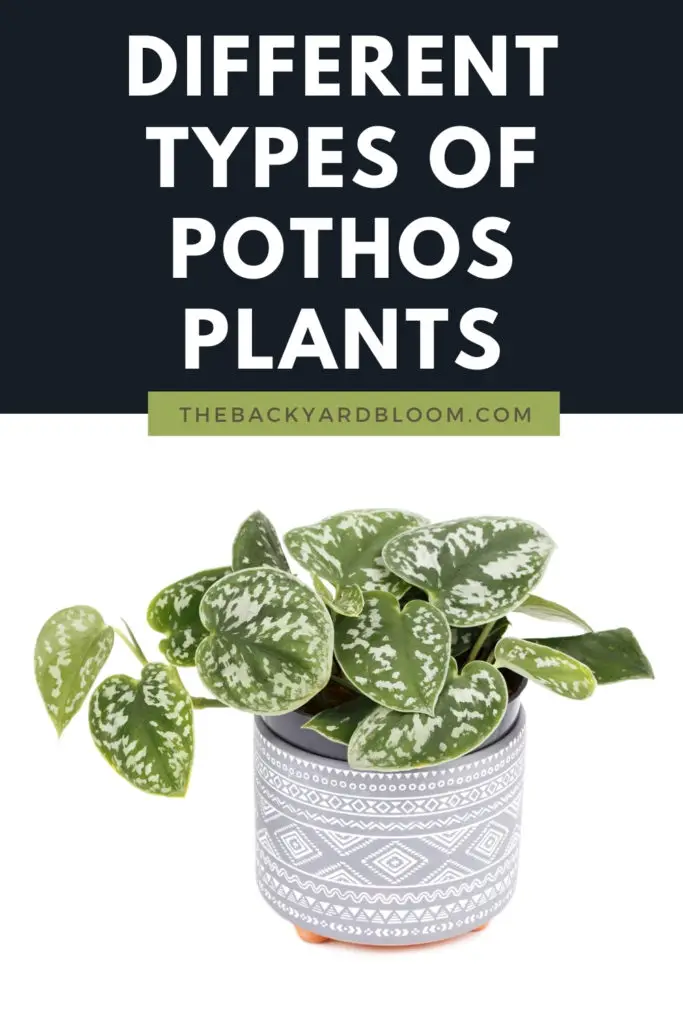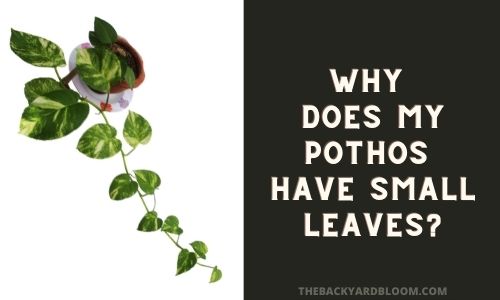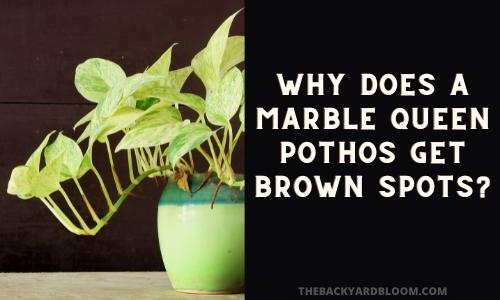Pothos plants, or Epipremnum aureum, come in many varieties. You can find pothos plants with or without variegation and some differences in how the leaves are shaped, such as curling somewhat or flatter than other varieties of pothos plants. In this article, we go over some of the most common different types of pothos plants that people have in their homes.
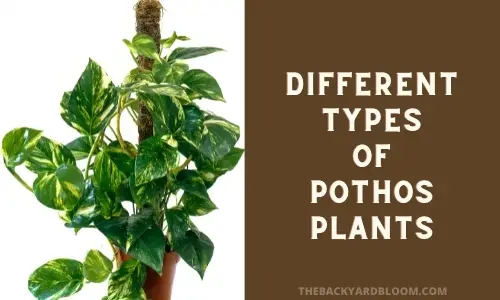
Pothos are some of the easiest houseplants to care for and to keep. They are originally from French Polynesia where they grew on the tropical forest floor.
They are hardy and can handle new plant owners learning the ins and outs of taking care of indoor plants.
Pothos plants are also commonly called Devil’s Ivy. They grow long vines that can trail up to 40 feet in length on some varieties.
Light requirements of pothos plants vary depending on the variegation of the plant. The more variegated varieties of this plant need brighter light than the less variegated varieties.
Watering requirements for pothos are easy. They prefer soil to be on the moist side, but if the soil dries out between waterings that is ok. Just be sure to never let your pothos sit in soggy soil or stagnant water.
For more info on Pothos Plant care, check out our Plant Care Guide for Pothos Plants.
The Most Common Different Types of Pothos Plants
Below you can find Pothos varieties with names and pictures including some uncommon and rare Pothos varieties.
Golden Pothos
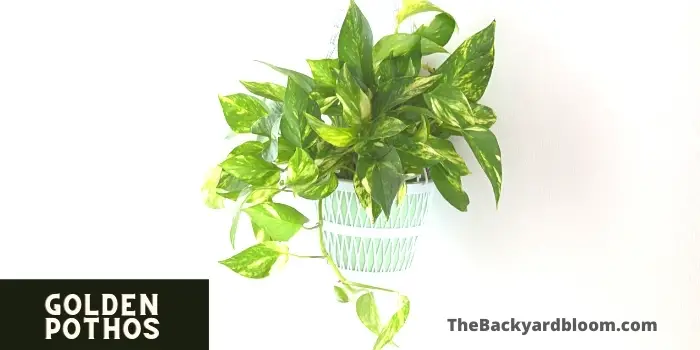
Golden Pothos is one of the most common of the pothos varieties you will find sold in many big box stores and plant nurseries.
They are variegated, with a mostly green leaf that has golden-colored variegation.
Golden Pothos don’t need as much light as the other variegated varieties of pothos. These types of pothos plants can do well even in a north-facing window.
Neon Pothos vs Golden Pothos
Do Golden Pothos Like Direct Sunlight?
Why Is My Golden Pothos Losing Variegation?
Marble Queen Pothos
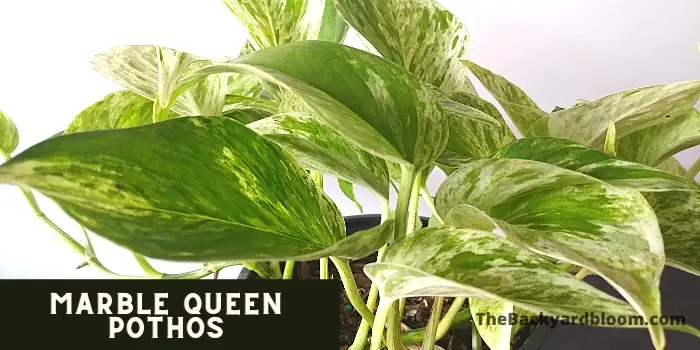
The Marble Queen Pothos is one of the more common highly variegated pothos varieties.
It has very variegated leaves that have both green and white colors.
The main difference for care with a Marble Queen Pothos is that it needs bright indirect light to keep the variation on new growth.
Baltic Blue Pothos
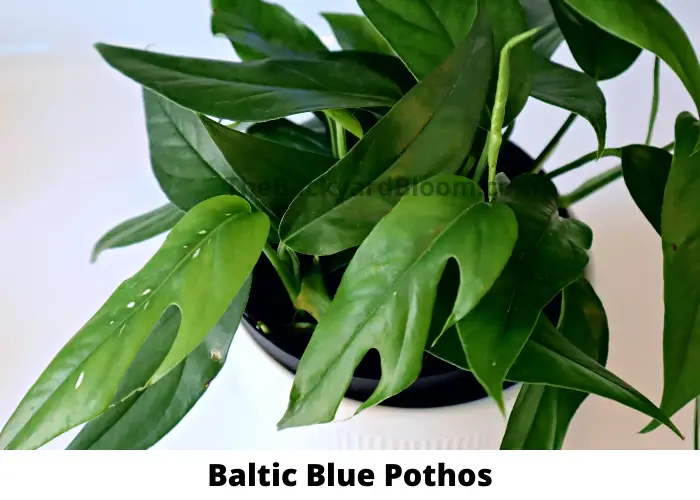
The Baltic Blue Pothos has recently become popular due to it being distributed by Costa Farms to big box stores.
It is known for it’s dark green leaves that have a blueish hue to them, along with the fenestration that appears in the more mature leaves on the plant.
Find more out about the Baltic Blue in this care guide.
Cebu Blue Pothos

Like the Baltic Blue, the Cebu Blue Pothos is a more recent Pothos to make an appearance on the market.
It is known for the same elongated leaves as the Baltic Blue, but instead of having a dark blueish-green, the Cebu has a silvery green color to its leaves.
Find out more about the care for a Cebu Blue here.
Snow Queen Pothos
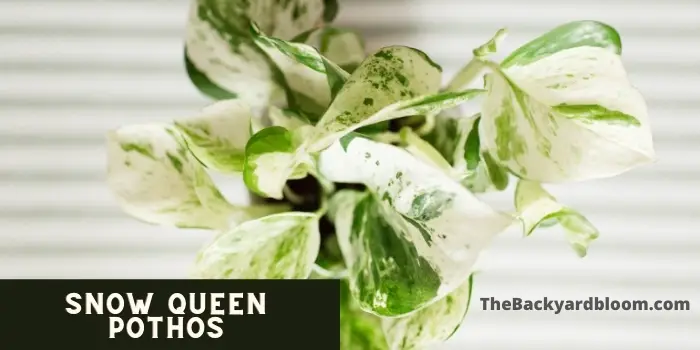
Snow Queen Pothos are similar to the Marble Queen Pothos.
The main difference between the two plants is that the Snow Queen has more white in the leaves than the Marble Queen has.
Neon Pothos

Neon Pothos is another one of the most common pothos plants sold in stores. You will often see this type of pothos in big box stores along with the golden pothos.
The leaves of the Neon pothos are bright light green with no variegation.
This type of pothos can be in low-light environments. Due to this, it is common to see them in offices.
Manjula Pothos
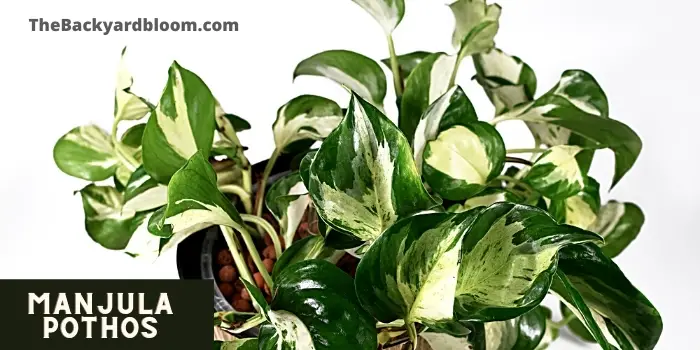
Manjula pothos (Epipremnum Manjula) is a type of pothos that is patented by the University of Florida.
The leaves have a curl or wavy appearance to them and very distinct variegation with white and green colors. The leaves also have a more glossy appearance than the other types of pothos plants.
The Manjula pothos does best having bright light. Not having enough light can cause the plant to lose some of the variegation.
Manjula Pothos Care Guide
Pearls and Jade Pothos
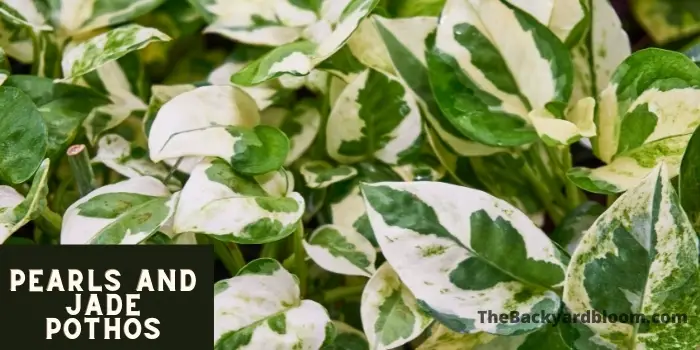
Pearls and Jade Pothos plants are similar looking to the Manjula pothos.
The main difference between the two is that the leaves do not have the curl to them that the Manjula has.
Pearls and Jade pothos also have flecks of green in the white portion of the leaf, this is the easiest way to tell the difference between a Pearls and Jade and a N’Joy Pothos.
This type of pothos also grows more slowly than the other varieties.
Pearls and Jade Pothos Care Guide
N’Joy Pothos
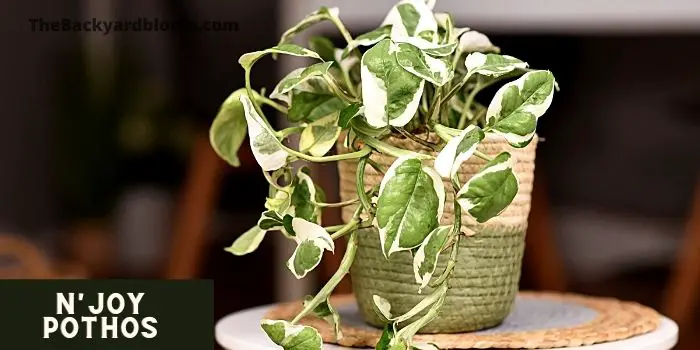
What sets N’Joy Pothos apart from Pearls and Jade or Manjula Pothos is that the white part of the variegation has no green flecks in it. Also, the green part of the leaf is in the center, and the white part is on the outside of the leaf.
Like the Pearls and Jade the N’Joy Pothos has a slower growth rate.
The variegation on a N’Joy Pothos will vary depending on the light levels. For more variegation keep the plant in brighter lit areas.
N’Joy Pothos Care Guide
Why Does My N’Joy Pothos Have Brown Spots?
Global Green Pothos

The Global Green Pothos is a newer pothos that has hit big box stores in 2021 and 2022.
This unique pothos plant has dark green leaves with a center variation of a lighter green in most of the leaves. It can tolerate lower light than many of the other variegated pothos plants.
Find out how to care for a Global Green Pothos
Satin Pothos
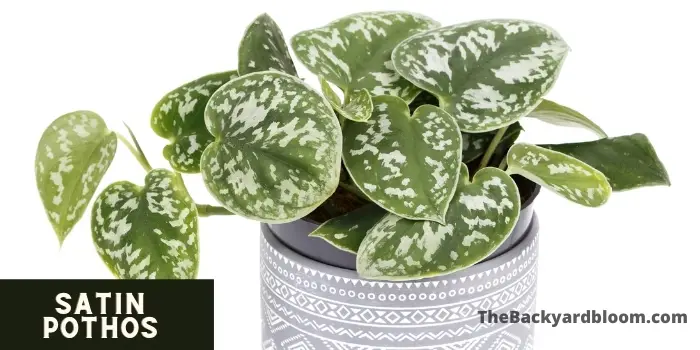
Satin pothos (Scindapsus pictus), is not technically a pothos. But it is called a Pothos. You can think of it as a cousin to pothos that just gets lumped into the main part of the family.
The leaves on the satin pothos are very different from the other pothos types. It has silver splashes on a dark green heart-shaped leaf.
They also go by the name Satin pothos, silk pothos, silver pothos, or silver philodendron.
Like the other types of photos, Satin pothos is very easy to care for and will grow in a vine-like fashion. They do need bright indirect light and don’t do well in low-light areas.
Jade Pothos
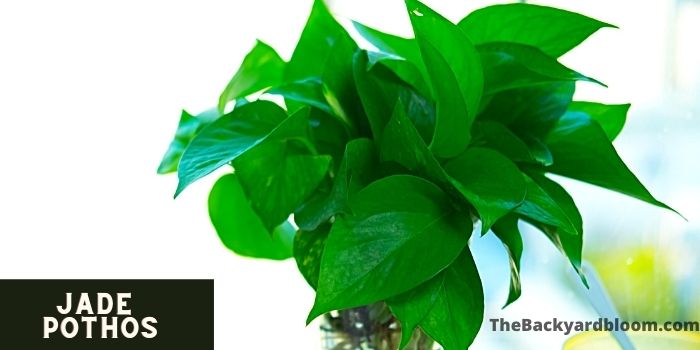
Jade pothos are a classic pothos plant with non-variegated darker green leaves.
They do well in low light conditions and are another type of pothos that is commonly seen in office buildings or bathrooms.
